Retro Replay Review
Gameplay
Mapsnatch takes the familiar strategic structure of Risk and adapts it for a modern European theater, replacing generic colored infantry with destroyers, reactors, and tanks. Each unit type carries a different weight—destroyers command five armies, reactors four, and tanks three—injecting an extra layer of tactical consideration into every card draw and deployment. The careful balance of unit strengths means you must weigh your offensive ambitions against the need to reinforce vulnerable territories.
The game offers three primary modes: single-player against the computer AI, hot-seat play against one other human opponent, or competitive matches between two human players. Upon mode selection, the computer deals territory cards indicating where you’re stationed and which unit you command. From that moment on, each decision carries real weight: should you fortify a chokepoint in Eastern Europe or launch a bold incursion into Western holdings?
Each turn unfolds with three core choices: attack, place armies, or request information. Opting to attack brings up a dual-window screen—attacker on the right, defender on the left—and then it’s time to roll the dice. You may roll up to as many dice as armies present, transforming every gamble into a nail-biting showdown. Victory yields territory gains and card rewards, while defeat forces you into defensive recalibrations.
Beyond raw combat, Mapsnatch encourages smart maneuvering and long-term planning. Territory adjacency matters enormously, and securing supply lines across the Alps or the Rhine can turn the tide in multi-front wars. The blend of card-driven reinforcements and dice-based skirmishes results in a compelling tug-of-war, testing both your risk tolerance and your diplomatic foresight.
Graphics
Visually, Mapsnatch presents a clean, top-down map of Europe rendered in crisp cartographic style. Borders, mountain ranges, and coastlines are clearly delineated, making it easy to discern strategic choke points at a glance. Territory colors are bold yet tasteful, ensuring each nation’s holdings stand out against the continental backdrop.
Unit icons for destroyers, reactors, and tanks are stylized but instantly recognizable; they animate with simple turn-based movement and combat sequences. While not pushing the limits of 3D realism, the modest animations add enough flair to keep skirmishes engaging without bogging down performance. This restrained approach works well for players more interested in strategy than spectacle.
The user interface is thoughtfully laid out, with information panels for card inventories, army counts, and reinforcements neatly arranged along the screen edges. Tooltips and info prompts highlight critical details—such as potential reinforcements on the next card turn—so newcomers to the Risk formula can get up to speed quickly. Menus are responsive, load times minimal, and overall performance remains smooth even during extended multiplayer campaigns.
Story
Unlike narrative-driven strategy games, Mapsnatch relies on emergent storytelling born from player conflict. There’s no overarching plot or scripted campaign; instead, the narrative unfolds dynamically as alliances form, betrayals happen, and border towns change hands. Every match writes its own war diary, shaped by the cunning or folly of its generals.
The modern setting—battles between present-day armies across Europe—provides enough context to ground the hostilities in a believable reality. While you won’t encounter cutscenes or voiced character arcs, the card descriptions and territory names subtly reinforce the feel of a Cold War-era confrontation that’s flared unexpectedly into open conflict.
In lieu of a traditional story mode, Mapsnatch offers scenario-based challenges that simulate historic standoffs, such as encirclements in the Balkans or frontal assaults across the Pyrenees. These optional setups give direction to those seeking a more framed experience, while still allowing room for improvisation and strategic creativity.
Overall Experience
Mapsnatch succeeds as a modern spin on the classic territory-conquest genre. Its streamlined interface, balanced unit variety, and fluid multiplayer options make it accessible to newcomers while offering enough depth to satisfy seasoned strategists. The risk-versus-reward dice mechanics ensure that every battle feels tense and consequential, especially when a single roll can tip the scale in a heated conflict.
For fans of Risk-style board games, Mapsnatch is a natural digital extension, preserving the tension of the tabletop experience while improving setup speed and AI versatility. Multiplayer battles can be fiercely competitive, and the absence of a linear narrative means the focus stays firmly on player interaction and emergent drama.
Although it doesn’t deliver cinematic graphics or a character-driven plot, Mapsnatch excels at offering pure strategic warfare across a richly detailed map of Europe. Its mix of card-based reinforcements, dice-driven combat, and flexible player modes make it an engaging purchase for anyone who enjoys high-stakes planning and the thrill of conquest.
 Retro Replay Retro Replay gaming reviews, news, emulation, geek stuff and more!
Retro Replay Retro Replay gaming reviews, news, emulation, geek stuff and more!
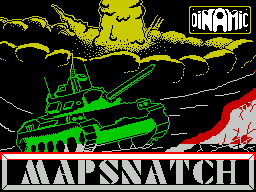
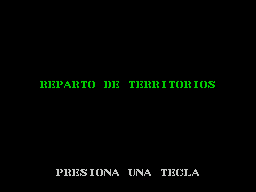
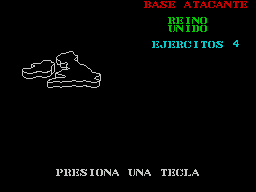
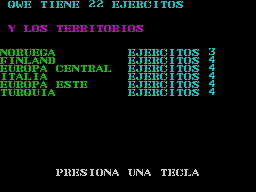
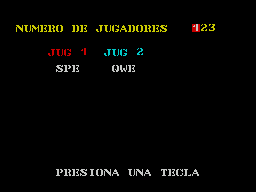
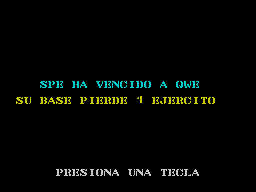



Reviews
There are no reviews yet.